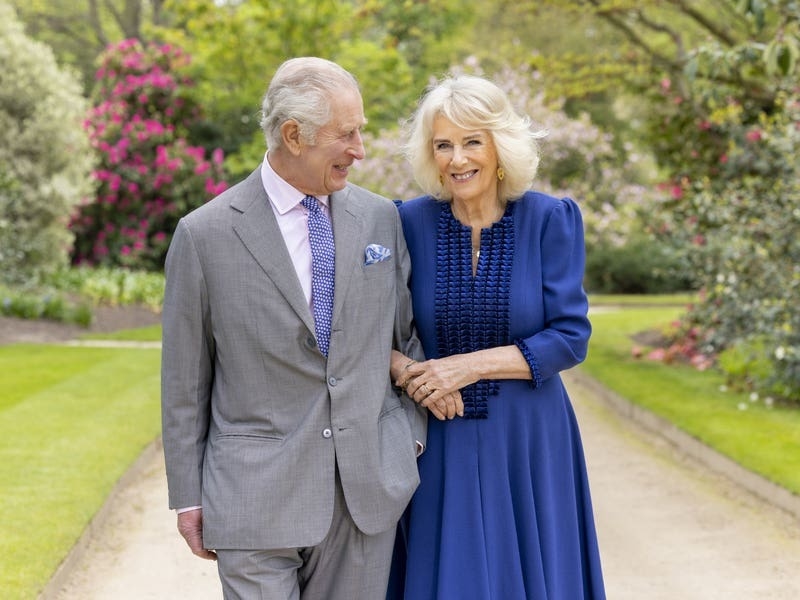The findings echo concerns raised by the JEP in the newspaper’s Our Island: Keeping Jersey Special campaign, run in partnership with Save Jersey’s Heritage, which urged decision-makers to care more about the look and feel of the Island.
While the Jersey Tourism Product Audit, produced by Colliers International, indicated that Jersey had potential to revive its tourism industry, the independent report says that a number of issues are holding the Island back, including mismanagement of the public realm – streets, squares, parks, green spaces and other outdoor places that are open to everyone.
Last year, Save Jersey’s Heritage published a report called This Realm of Ours, which raised criticisms of the public realm, such as haphazard sign-posting and the loss of Jersey’s uniqueness.
Their views have been endorsed in the new report, which says that the Island needs to be more distinct, tidier and less cluttered to become more attractive to tourists.
The report, which was commissioned by Visit Jersey, in particular criticises the public realm of St Helier, which it describes as the ‘main weakness’ of Jersey as a tourism product.
‘Improving the townscape of St Helier would, in our judgment, be the single project that could most benefit both the tourism industry and the quality of life of local people,’ it says.
‘St Helier is moderately attractive as a town centre. It has a moderately substantial pedestrianised area, a fairly good selection of shops and places to eat and drink, and a reasonably good market. It could be very much better, however.’
The report makes a number of recommendations on what Jersey could do to improve itself as a tourism destination, including:
*Improving the public realm, particularly in St Helier, which could be boosted by revitalising its markets, creating a luxury retail zone and developing a central pedestrian/cycle only district.
*Redeveloping Fort Regent and Elizabeth Castle, potentially by turning them into ‘fortress villages’ where people live and where greater amenities are available. The report says that Fort Regent should also be a priority for redevelopment and could be converted into a ‘parador’-style hotel – a luxury hotel in a historic building – or a marine-oriented therapy and wellness centre.
*Establishment of a national gallery in a landmark building, with touring exhibitions.
*Developing more self-catering accommodation and making ‘wellness’ a central theme of Jersey’s tourism offering.
Christopher Scholefield, chairman of Save Jersey’s Heritage, said that the ‘marketing flair’ of Visit Jersey, which promotes the Island’s tourism sector, would be wasted if the government did not improve the quality of the public realm.
‘We came to the conclusion that marketing expertise, which Visit Jersey clearly has in abundance, cannot indefinitely gloss over the problem that Jersey’s public realm and passenger gateways are no longer up to the standards expected by discriminating visitors,’ he said.
‘We took a deep breath and made this case forcefully in our recent publication This Realm of Ours and our campaign with the Jersey Evening Post, Our Island: Keeping Jersey Special.
‘There was very little official reaction to that document, except for a hurried effort to tidy up the shameful mess illustrated on its front cover.’
‘It turns out that our views have been entirely and completely vindicated in the Colliers Report. It is a ringing endorsement of all we have said and more besides.
‘Conclusion? Visit Jersey’s marketing flair will be wasted if those government bodies with responsibility for the appearance and character of Jersey’s townscape, countryside, gateways and beaches don’t mend their ways – and fast. It need not be expensive but it is becoming urgent.’
Visit Jersey has been set the target of attracting one million visitors to the Island per year by 2030. Visitor numbers last year were 727,000.






